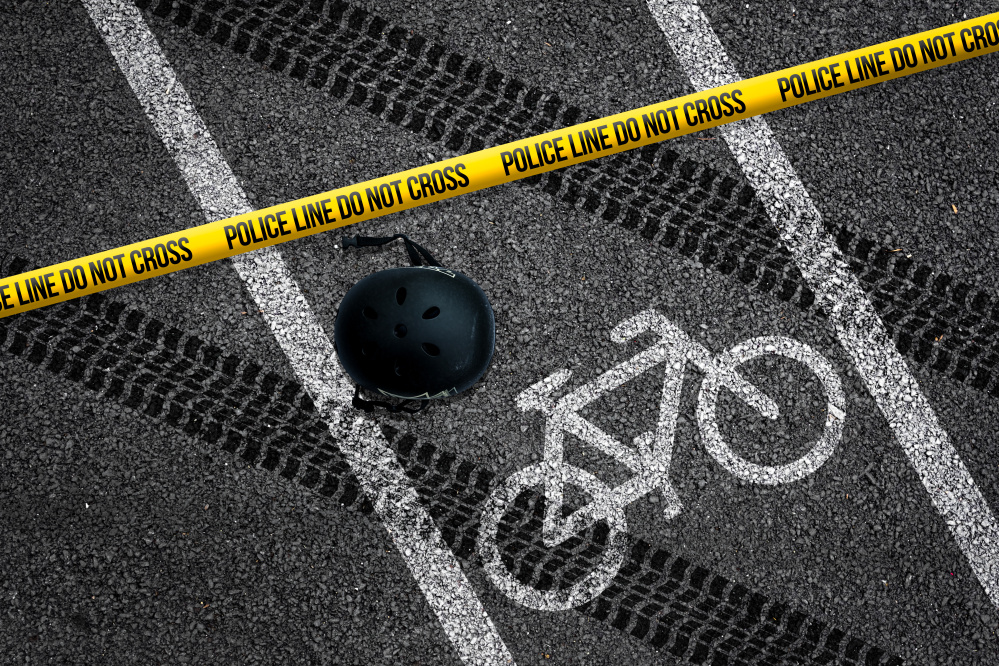Eleven people have been struck and killed this year while walking or biking along Maine roads, putting the state on pace to match the 19 pedestrian fatalities in 2015 – the highest annual toll since 1997. Even though state policy requires that road projects accommodate bikers and walkers as well as drivers, it’s clear that it’s still not safe out there.
Of the pedestrians and cyclists killed so far in 2016, three died between Oct. 10 and 19 – two pedestrians, in Biddeford and Augusta, along with a cyclist in Windsor. And we’re still making our way through the months when daylight wanes and, historically, bicycle and pedestrian fatalities increase.
A lot of factors contribute to these fatal crashes: darkness, distraction, bad weather. It’s also the case, however, that many of our roadways aren’t safe, lacking features such as sidewalks, well-marked crosswalks and wide, paved shoulders.
Addressing these shortcomings is the intent of the pedestrian- and bicycle-friendly approach to road planning called Complete Streets. It’s in place in Maine at the state level and in many communities; the U.S. government and 32 other states have similar policies.
But as Maine Sunday Telegram columnist Shoshana Hoose recently pointed out, Complete Streets won’t make a difference in Maine unless Mainers push for the policy to be funded and implemented.
Hoose cites as an example the Route 1 bridge in Yarmouth, a span with narrow shoulders and exits and entrances that are tricky to maneuver unless you’re in a motor vehicle.
In 2014, when the Maine Department of Transportation informed the town that it intended to replace the bridge, its initial proposal didn’t address most of the hazards to those walking or biking. Then Sue Ellen Bordwell was named to lead an advisory committee working on plans for the new bridge.
Bordwell, a former Bicycle Coalition of Maine president and board member, mustered the backing of other safe-streets supporters, who developed a proposal for a bridge that can be safely crossed and exited by pedestrians and cyclists. The town is sharing the $1 million cost with the state and the Portland Area Comprehensive Transportation System.
Speaking up early and often is key to influencing plans for local road projects, the DOT’s Patrick Adams told Hoose. He advises residents to check out the three-year DOT work plan, published every January, and turn out for meetings on the projects that interest them.
Our roadways should be safe for everybody who uses them – but they won’t be unless pedestrians, bicyclists and their allies across Maine hit the road, attend meetings and make their views known. Until then, Complete Streets will just be words on paper instead of the lifesaving tool that it has the potential to become.
Send questions/comments to the editors.



Comments are no longer available on this story